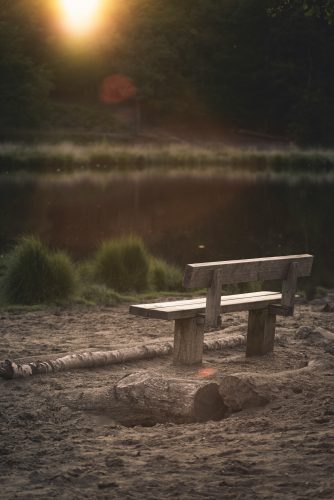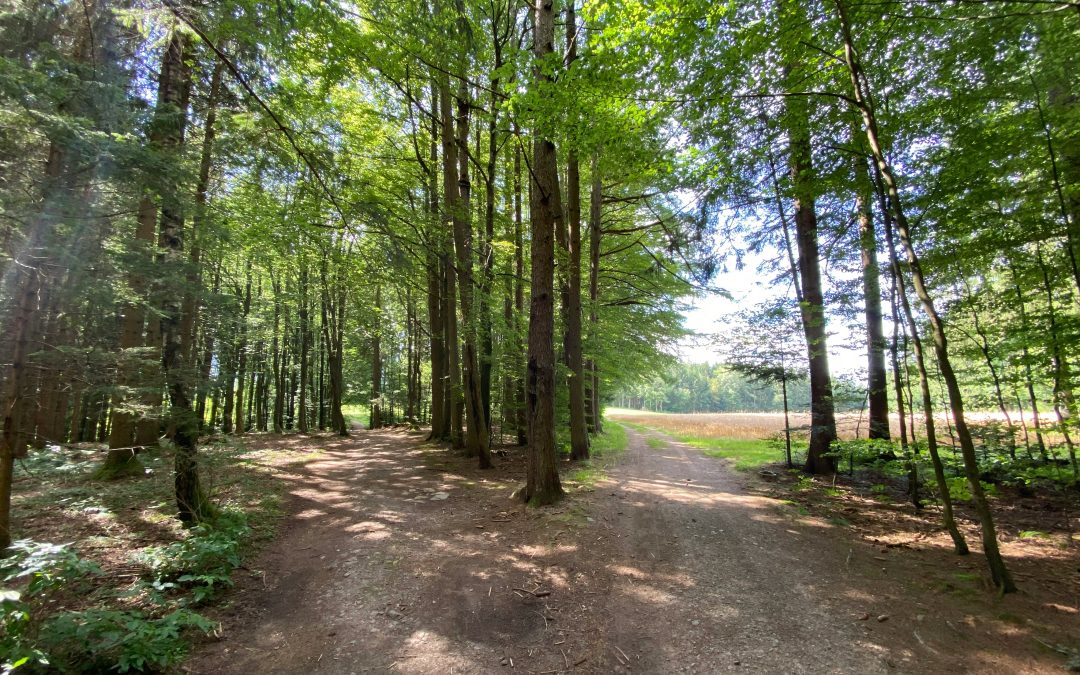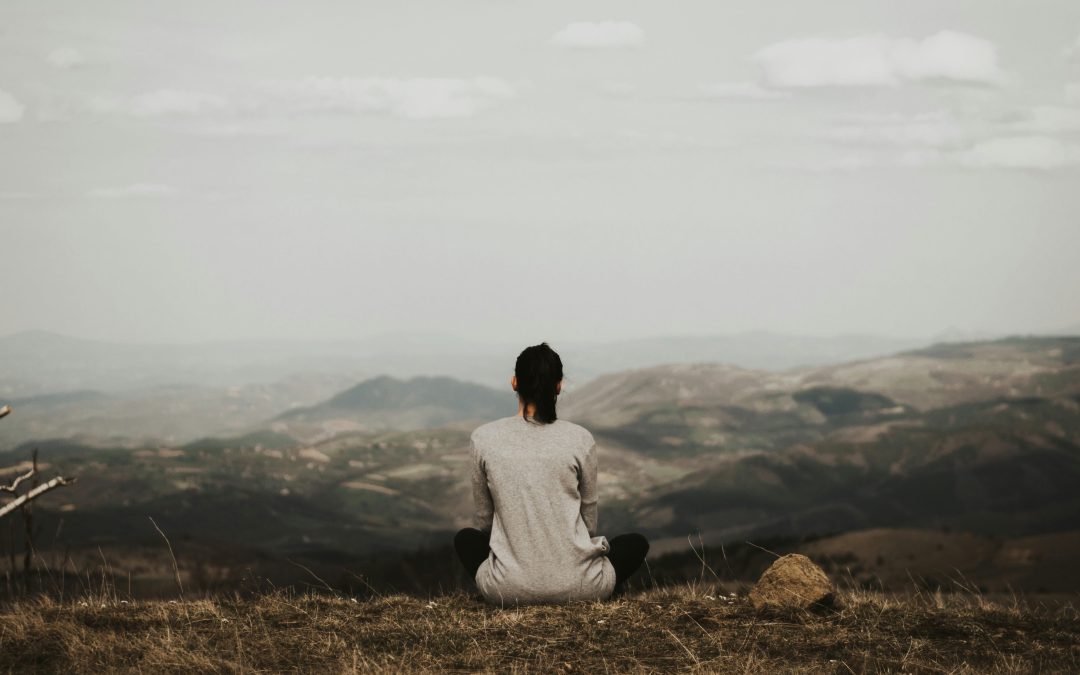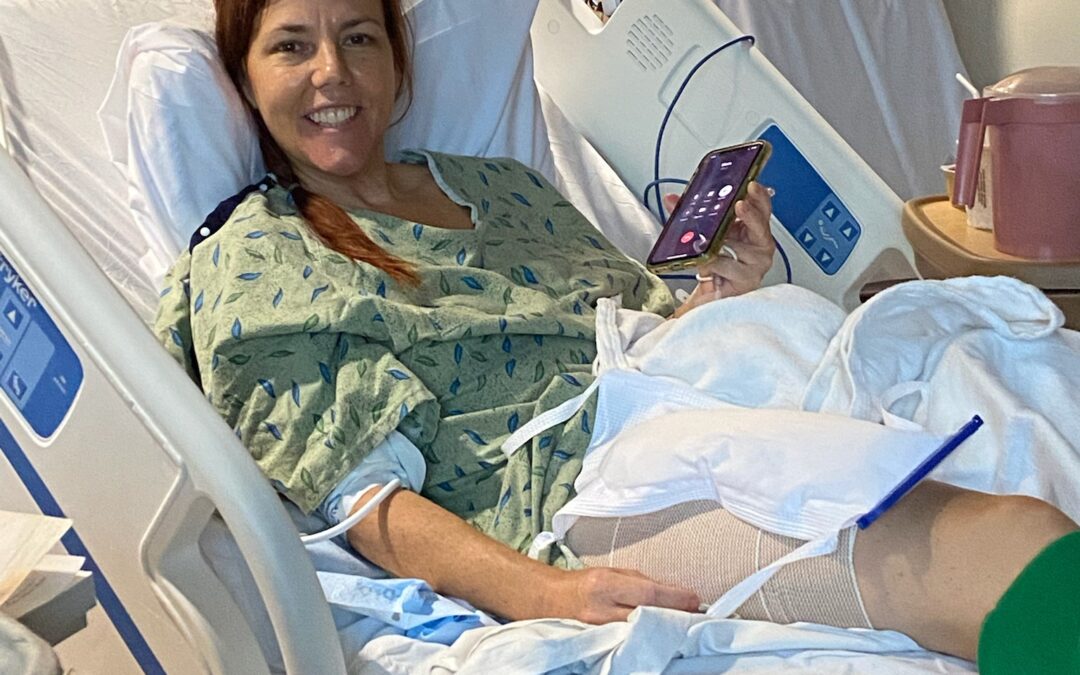How to Stop Feeling Lonely and Build Real Connections

Stop feeling lonely
Have you ever felt like no matter where you are, you don’t fully belong, or like you’re caught between two worlds? Do you struggle with the paradox of wanting connection but feeling safest alone? Have you wondered why, no matter where you are or who you’re with, you can’t seem to stop feeling lonely?
You’re not alone. Many people experience these feelings. After working with individuals who have felt just like you, I’m sharing proven strategies to help you break free from loneliness and create meaningful connections. By the end of this article, you’ll understand the biological factors that make connection challenging and learn three evidence-based strategies to shift your biology and access the connection you crave.
Loneliness: A Signal, Not a Flaw
When we’re lonely, our minds often tell us it’s because there’s something fundamentally wrong with us—that we’re unlikable or flawed. Unfortunately, this belief can trigger a biological threat response, which actually makes connecting with others even harder.
Here’s why: the parts of our brain that detect threats send signals to our facial nerves and muscles, subtly communicating to others that we’re not available to connect. People might sense that we’d rather be left alone, even when all we want is connection. Even kindness from others can feel hard to recognize when we’re stuck in this threat response.
Let’s reframe this belief. Instead of viewing loneliness as a sign that something is wrong, consider it a cue from your biological wisdom—a nudge to connect. Just as hunger signals the need for nourishment, loneliness signals the need for connection. It’s not a flaw; it’s an essential part of being human.
Breaking the Ice: The Biology of Connection
The Power of Play
In 2015, researchers explored how to transform strangers into “familiars”—people we feel comfortable around. They found that empathy is stronger between people who are familiar with each other. Evolutionarily, this makes sense: conserving energy by reducing empathy for strangers may have helped our ancestors survive. But how can we foster familiarity and connection in today’s world?
The study’s answer was surprising: play. Participants played the video game Rock Band with strangers for just 15 minutes. Compared to a group who played alone, those who played together showed significant reductions in stress hormones that block social connection and empathy.
Applying the Research
We can create similar opportunities for connection in real life. Activities that require collaboration or shared effort naturally foster connection. Here are some ideas:
- Social games: Trivia nights, escape rooms, or cooperative board games.
- Creative projects: Group murals, music jams, or cooking classes.
- Digital spaces: Co-op video games, online workshops, or shared fundraising challenges.
- Volunteering: Collaborating on community projects or helping others in need.
What other ideas can you think of? The possibilities are endless!
The “Just Like Me” Practice
Dr. Kristin Neff, a leading researcher on self-compassion, developed a practice that can transform your mindset in social settings. Here’s how it works:
- Acknowledge your longing: When you feel social anxiety, reflect on your deepest desire for the experience. Perhaps you want to feel like you belong or that others are interested in you.
- Recognize shared humanity: Silently remind yourself, “Just like me, everyone here longs to be seen, understood, and accepted. Just like me, they want to feel safe and liked.”
This reorientation reduces feelings of separation and shifts your biology, making connection easier.
A Personal Example
When I took my first writing class in 2019, I felt vulnerable and exposed. My inner voice whispered, “You don’t belong here. These people are better writers.” But I paused and allowed myself to feel uncomfortable without judgment. I reminded myself that this vulnerability was part of being human.
I then used the “Just Like Me” practice: “Just like me, everyone here is nervous about sharing their work. Just like me, they want to be encouraged.” This simple shift helped me engage with others, and I realized I wasn’t alone. The connection I craved became accessible.
Get in Touch With the Noblest Aspect of You
Dr. Vivek Murthy, the former Surgeon General, highlights the power of service: “Acts of service reaffirm what is right about us. When we serve others, we connect through positive experiences and remind ourselves of our value.”
Volunteering is a powerful antidote to loneliness. It doesn’t have to be grand. Small acts, like calling a friend or helping a neighbor, can make a big difference. When choosing how to serve, consider what resonates with you. Do you love animals? Mentor youth? Protect nature? Let your passions guide you.
Explore opportunities at VolunteerMatch.org.
Your Connection Quest Awaits
If your first attempts don’t go perfectly, don’t be discouraged. Building connection is a practice. Reflect on what went well and consider adjustments for next time. Think of it as a quest or experiment—each step brings progress.
Finally, remember this: you’re not as “weird” as you think. If you’re reading this, I already know you’re an interesting person with a unique story. I’m curious about what inspires you, what drives you, and how your life experiences have shaped you.
Loneliness is not a flaw; it’s a signal guiding you toward connection. Start small, choose a strategy that resonates, and take the first step. Connection is within your reach—and so is the courage to embrace it.
Curious how to transform loneliness into solitude. Check out this blog: Transform Loneliness to Solitude: Healing the Fear of Being Alone






